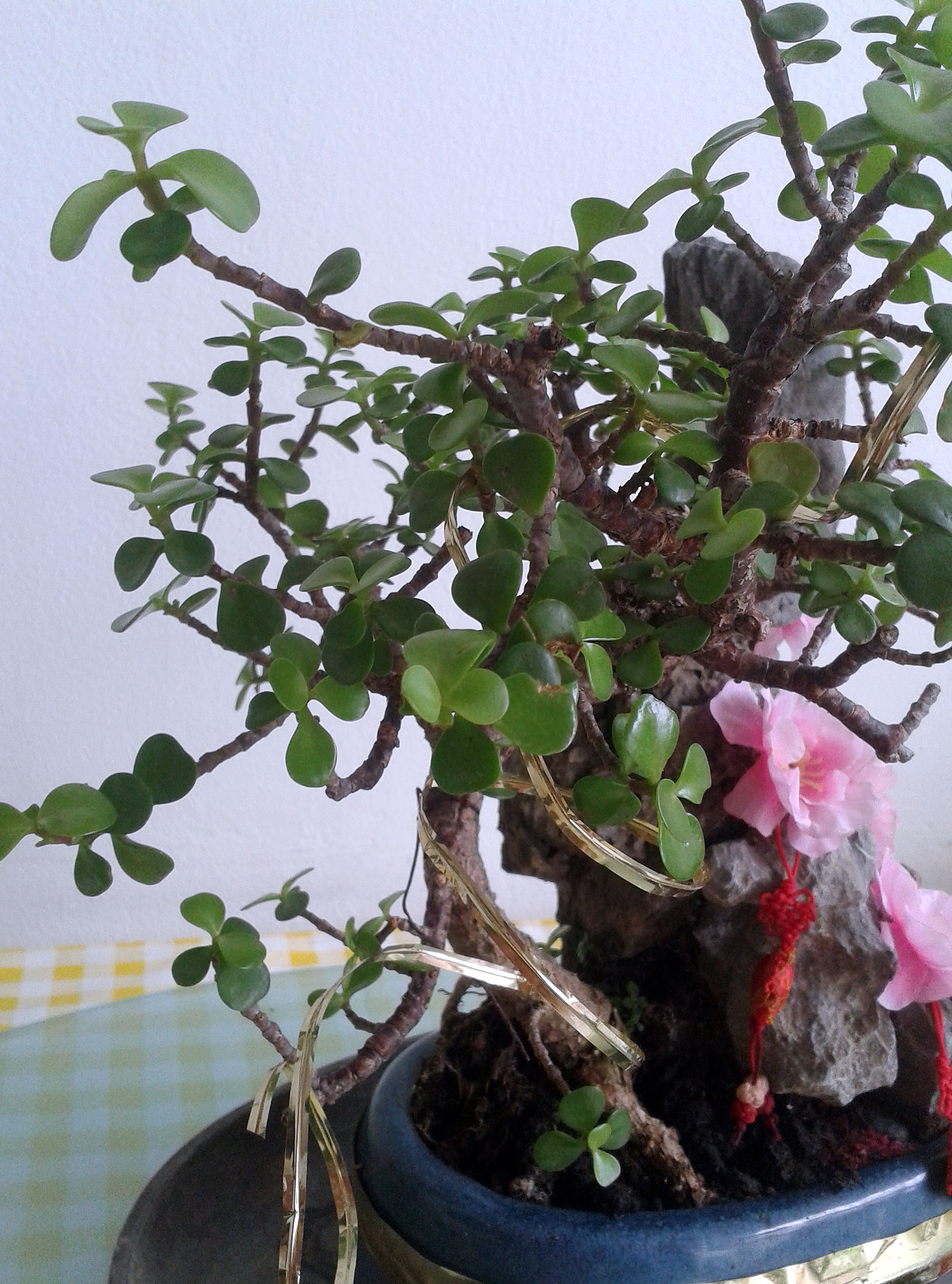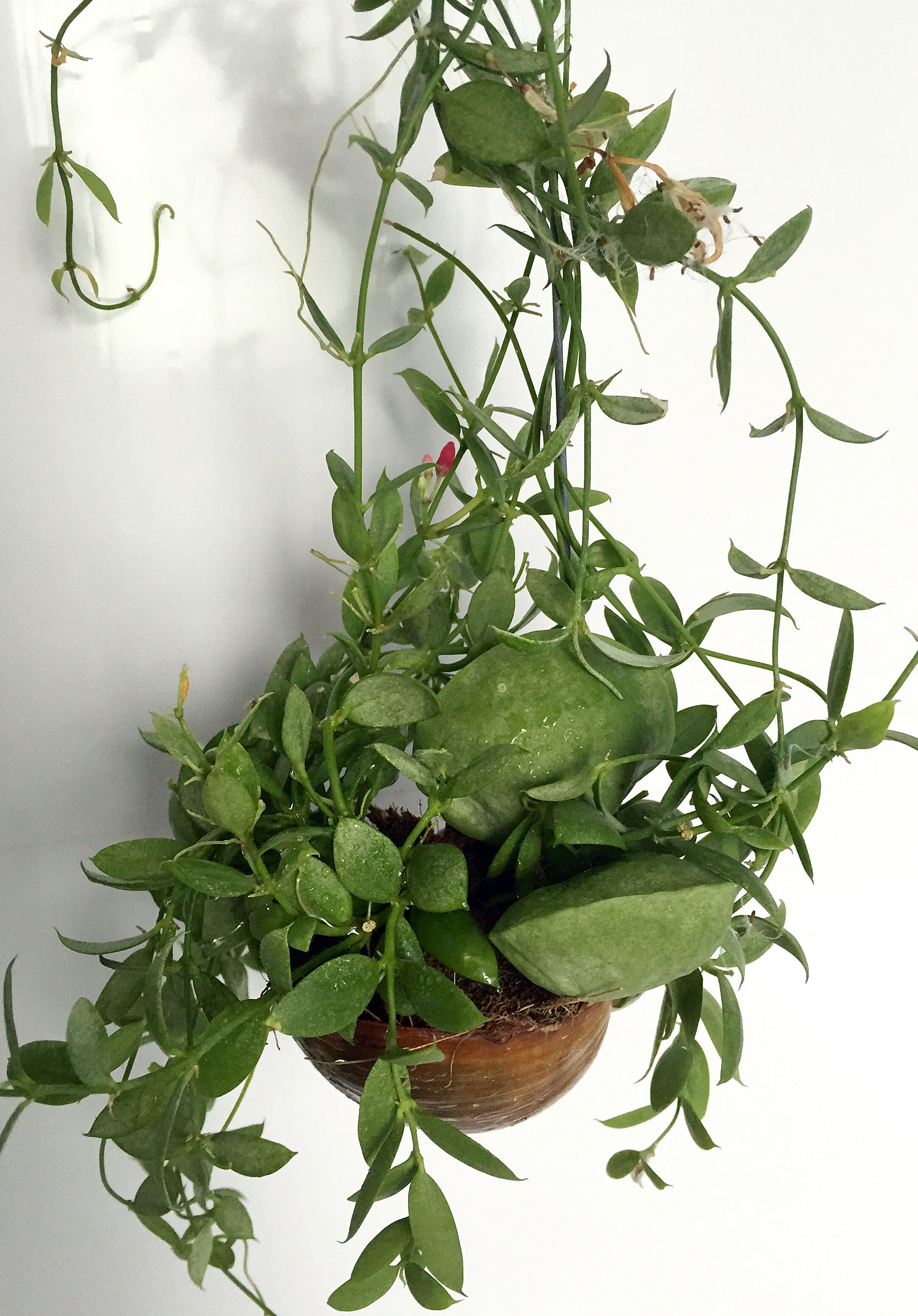Dwarf Jade Plant is sensitive to moisture
I received this plant (pictured) as a gift. What is it and how do I care for it? Should I repot it?
Richard Lim
The plant is botanically known as Portulacaria afra. It is more commonly known as Elephant Bush or Dwarf Jade Plant. Theshrub, which is drought-tolerant and moisture- sensitive, needs direct sunlight.

Its stems tend to rot easily if it is grown in soil that retains a lot of moisture. The soil needs to be well-drained and the plant should be watered only when the soil feels dry.
Do not grow the plant in an overly large pot. A larger soil volume would hold more moisture and the plant may rot. It may also be necessary to move this plant into a sheltered area to protect it from rain.
Tip: Silver Buttonwood thrives under direct sunlight
The Silver Buttonwood - botanical name Conocarpus erectus var. sericeus - is admired for its silvery leaves covered in minute hairs.
The plant prefers to be grown outdoors and under direct sunlight. When grown under shadier conditions, it will exhibit poor growth and be vulnerable to pest infestations.
It grows best in well-drained soil, but can tolerate wet feet.
The Silver Buttonwood can grow up to 15m and is valued for its tolerance to hot and windy conditions.

Cycad Blue larvae a common pest in cycads
I have been nursing my dry- looking cycads (pictured) for about six months. New fronds sprouted, but they became infested with red caterpillars. The plant's crown started curling and drying out. What should I do?
Ong Chin Leong
The caterpillars are likely the larvae of the Cycad Blue butterfly. Its scientific name is Chilades pandava pandava. Caterpillars are very common pests in cycads belonging to the genus Cycas.
Choose a pesticide that works on these caterpillars. It is known commercially as Dipel or Bacillus thuringiensis var. kurstaki. Apply the pesticide on new fronds as they are easily attacked by the caterpillars.
The pesticide stays on the surface of the leaves and is washed away during heavy rain. If this happens, you will need to reapply the pesticide.
You can pick the caterpillars off the plant as well, but this is effective if you have only a few plants to tend to.
Yellowing leaves caused by spider mites
The leaves of my Desert Rose turned yellow before dropping off. Why did this happen and how do I care for this plant?
Wendy Ng
It appears that your Desert Rose (its botanical name is Adenium obesum) has a spider mite infestation. The tiny red dots are spider mites, crawling in the fine webbing that they have produced.
These pests suck sap from leaves and cause tiny spots to develop. As a result, the leaves will gradually turn yellow and fall off. Plants are prone to such infestations if they are grown under sub-optimal conditions.
The Desert Rose likes full sunlight.
To manage the infestation, first remove and discard affected leaves. Then move the plant to a more conducive environment.
You can spray summer or neem oil on the leaves to suffocate the spider mites and kill them. Repeat applications may be necessary to control the pest population.
The frequency of watering depends on the plant's growing conditions.
The Desert Rose is drought- tolerant, which means it must be grown in porous, well-drained soil that can retain some level of moisture. The plant should dry out slightly before it is watered thoroughly again.
To check the moisture content of the soil, insert a chopstick into it.
If the soil is moist, soil particles will stick to the chopstick and its surface will feel damp. In such cases, wait a day before watering.
When fertilising the plant, try to use less than what is recommended on the product label to avoid burning the plant with excess fertiliser.

Grow Dischidia vidalii through stem-cuttings
What is the shell-like growth on this plant (pictured) and how do I get more of it to grow? I tried growing new plants from the seeds, but was unsuccessful.
Cherry Ong
The plant is botanically known as Dischidia vidalii or Dischidia pectinoides.
It has pouch-like leaves which are hollow. In its natural habitat, the plant's roots provide shelter for ants which, in turn, guard the plant. The ants' excrement provide nutrients for it.
Stem-cuttings are an easier way to propagate this plant. Cut a portion of its trailing stems and root it in a well-drained growing mix that should be kept moist at all times. The mix should not be soggy as stem-cuttings tend to rot easily under such conditions.
•Answers by Dr Wilson Wong, a certified practising horticulturist and founder of Green Culture Singapore (www.greenculturesg.com). He is also an NParks-certified park manager.
•Have a gardening query? E-mail it with clear, high-resolution pictures of at least 1MB, if any, and your full name to stlife@sph.com.sg


